
Buller’s Albatross, by Dutch illustrator Johannes Gerardus Keulemans, from A History of the Birds of New Zealand by Walter Buller
The Ad Hoc English Bird Names Committee of the American Ornithological Society (AOS) has considered the issue of eponymous names accorded to birds that may be deemed to be offensive in its recent report, deciding after clearly long and careful thought that there is no sensible way to “draw a line”. Therefore, in what is really a radical decision, it is recommending that the over 150 North American birds bearing eponymous names should be renamed, thus neatly side stepping the issue of being moral police.
How would the AOS view apply to the 31 ACAP-listed species? Of them all, only Buller’s Albatross Thalassarche bulleri and Salvin’s Albatross T. salvini bear primary eponymous names (note that ACAP uses the descriptive name Black Petrel for the listed Procellaria parkinsoni and not Parkinson’s Petrel). Two other species, also New Zealand endemics, Campbell T. impavida and Chatham T. eremita Albatrosses, have what have been called secondary eponymous names, derived from localities where they breed that were named after people. Campbell Island is named after the sealing company Robert Campbell & Co. Robert Campbell was a merchant and politician of Sydney, Australia. There is apparently some doubt, but it seems likely the Chatham Islands were named after the UK’s First Lord of the Admiralty, John Pitt, 2nd Earl of Chatham. The AOS Committee did not consider secondary eponyms of this sort to be problematic, so did not consider them further; a view I follow here.
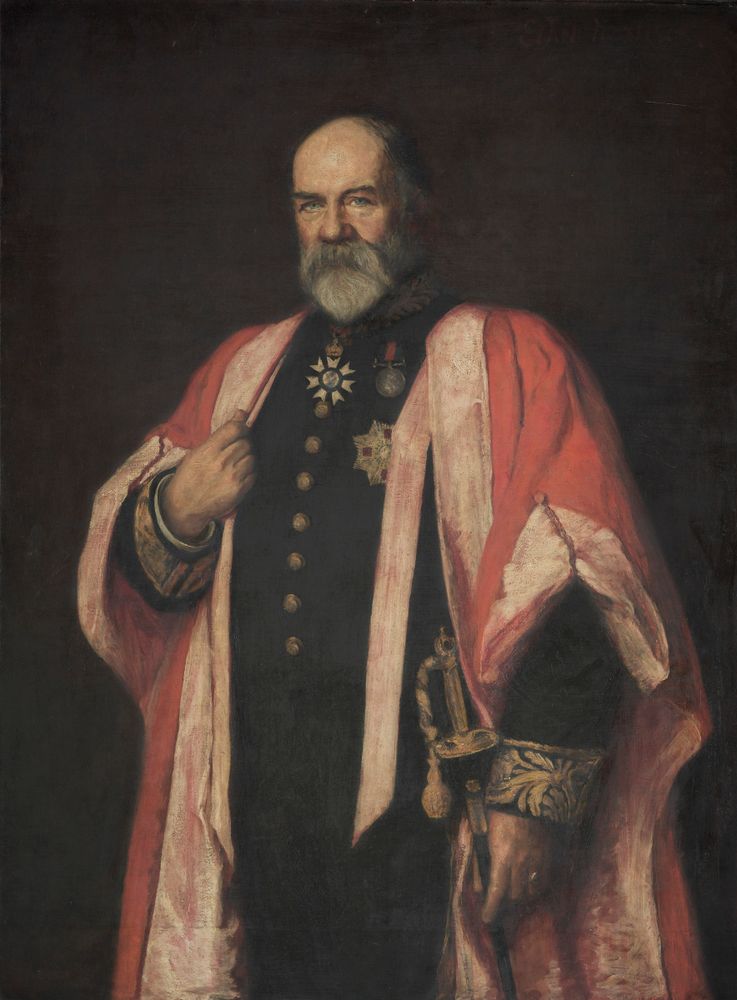
An imposing figure: Sir Walter Lawry Buller, oil painting by Ethel Mortlock, c. 1903. Museum of New Zealand Te Papa Tongarewa
Sir Walter Lawry Buller KCMG FRS FLS (1838-1906) was born in the Bay of Islands on New Zealand’s North Island. He became an avid collector of and dealer in New Zealand bird specimens from a young age and wrote the then definitive A History of the Birds of New Zealand, which was well received. Two procellariiform seabirds bear his name, Buller’s Albatross and Buller's Shearwater Puffinus bulleri (Salvin, 1888). Should these two seabirds still be named after him?
Buller was not without fault as a moral character. Sandy Bartle and Alan Tennyson have written: “By falsely stating that he had built up three discrete collections of New Zealand birds, one for each edition of his book, Buller … was trying to establish himself primarily as a scientist and writer, rather than as a supplier of bird specimens to those who could afford them”. Various transactions related to the sale of his several collections and inadequate and misleading labelling suggest what now might be considered “shady” practices, as Sandy and Alan describe in their very detailed publication. But is this enough to consider his name as an eponym offensive enough for it to be no longer used? My own view is no, but what of Buller’s views and activities in a wider sphere?
An online biography has that “Buller held the prevailing view that the native plants, birds and people of New Zealand would inevitably be displaced by the more vigorous European immigrants. The Māori, he thought, 'are dying out and nothing can save them. Our plain duty as good compassionate colonists, is to smooth down their dying pillow.'” Perhaps well intentioned (he was fluent in Te Reo Maori from a young age) this sentiment would rightly be regarded as racist nowadays. But at the time it might well have been regarded as showing laudable intentions. Times and mores change and looking into the past through our own prism will always be fraught, so where should the line with eponyms deemed to be offensive be drawn?

Buller’s Albatross at sea, photograph by Laurie Smaglick Johnson
As well as wishing to discard all North American eponymous bird names, the OAS Committee has singled out the name of the Flesh-footed Shearwater Ardenna carnepeis for special opprobrium, writing that “the word flesh may imply that all - or at least “normal” - skin resembles that of white people. To suggest that the default skin tone is that of a white person is inherently an exclusionary standard”. The committee recommends the epithet “Pale-footed” be used instead. This is of at least potential interest to the Albatross and Petrel Agreement because at a 2019 meeting New Zealand indicated it was considering the merit of nominating the shearwater for ACAP listing, although since then there seems to have been no further progress to develop a proposal (click here). New Zealand Birds Online has Pale-footed Shearwater as an alternative name (along with the Maori name Toanui), so this could be seen as a relatively easy change, and one for ACAP to consider adopting.

Buller’s (top) and Salvin’s Albatross, by J.G. Keulemans
If New Zealand ever decided to follow the AOS and drop all its eponymous bird names, what might it call a renamed Buller’s Albatross (selected this year to support Wold Albatross Day on 19 June as a featured species)? ‘Pacific Albatross’ has been applied to its northern subspecies T. bulleri platei by some who have accorded it full species status, so it could be used to refer to the species sensu lato. Indeed, New Zealand Birds Online already has Pacific Albatross as an alternative name (along with the Māori Toroa) for the species. In my writing texts for those ACAP Species Infographics which have been sponsored by the New Zealand Department of Conservation, ACAP willingly complied with its request to include Māori names for mapped breeding localities. For example, the infographic for the Southern Royal Albatross Diomedea epomophora has for its most important breeding site the form “Campbell Island/Motuere Ihupuku”. With this as a precedent and in its spirit in my future writings for the ACAP website, perhaps I should refer to “Buller’s or Pacific Albatross” the first time I mention the species..
Tales from Te Papa. Alan Tennyson and Sandy Bartle are interviewed about Walter Buller
Lastly, what of Salvin’s Albatross, named after the 19th Century ornithologist Osbert Salvin FRS FLS? More historical literature reading would be required for a future ACAP Monthly Missive on a species that already has Bounty Island Albatross or Grey-backed Albatross (although both seem little used) as alternative names.
With thanks to Igor Debski and Johannes Fischer, New Zealand Department of Conservation and Alan Tennyson, Museum of New Zealand Te Papa Tongarewa.
References:
Bartle, J.A. & Tennyson, A.J.D. 2009. History of Walter Buller’s collections of New Zealand birds. Tuhinga Records of the Museum of New Zealand Te Papa Tongarewa 20: 81-136.
Buller, W.L. 1887-1888. A History of the Birds of New Zealand. 2nd Edition. London: W.L. Buller.
Guedes, P., Alves-Martins, F., Arribas, J.M., Chatterjee, S., Santos, A.M.C., Lewin, A., Bako, L., Webala, P.W., Correia, R.A., Rocha, R. & Ladle, R.J. 2023. Eponyms have no place in 21st-century biological nomenclature. Nature Ecology & Evolution doi.org/10.1038/s41559-023-02022-y.
Pethiyagoda, R. 2023. Policing the scientific lexicon: the new colonialism? Megataxa 10: 20-25.
John Cooper, Emeritus Information Officer, Agreement on the Conservation of Albatrosses and Petrels, 06 February 2023

 English
English  Français
Français  Español
Español 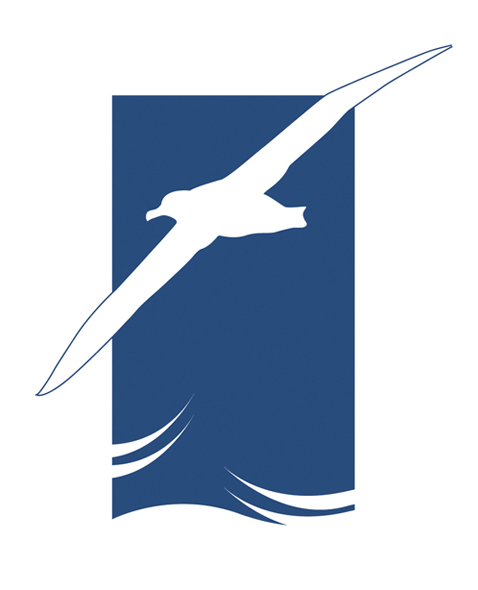

 ACAP's commemorative logo to mark the Agreement's 20th anniversary was designed by South African Graphic Designer, Geoff Tyler.
ACAP's commemorative logo to mark the Agreement's 20th anniversary was designed by South African Graphic Designer, Geoff Tyler.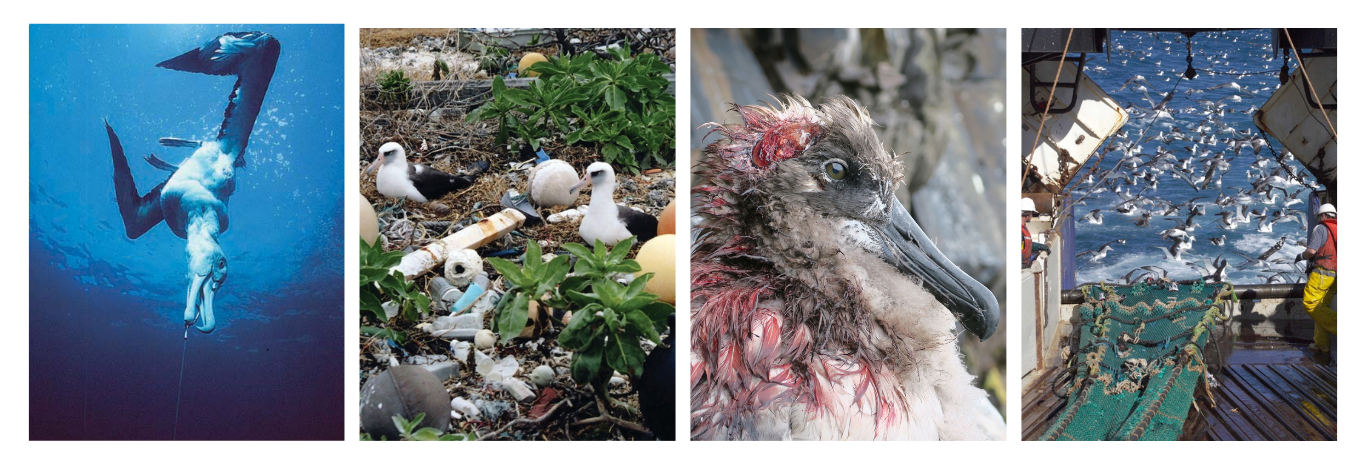 ACAP seeks to conserve listed albatrosses, petrels and shearwaters by coordinating international activity to mitigate known threats to their populations.Such threats include, fishing operations, pollution, predation from invasive species and habitat destruction. (Images left to right): A drowned Wandering Albatross caught on a tuna longline hook, photograph by Graham Robertson; Laysan Albatrosses amongst plastic debris, photograph by Steven Siegel, Marine Photobank; A bloodied Light-mantled Albatross after being attacked by invasive mice, photograph by Peter Ryan; Seabirds flock to a trawler vessel, photograph by Southern Seabird Solutions Trust
ACAP seeks to conserve listed albatrosses, petrels and shearwaters by coordinating international activity to mitigate known threats to their populations.Such threats include, fishing operations, pollution, predation from invasive species and habitat destruction. (Images left to right): A drowned Wandering Albatross caught on a tuna longline hook, photograph by Graham Robertson; Laysan Albatrosses amongst plastic debris, photograph by Steven Siegel, Marine Photobank; A bloodied Light-mantled Albatross after being attacked by invasive mice, photograph by Peter Ryan; Seabirds flock to a trawler vessel, photograph by Southern Seabird Solutions Trust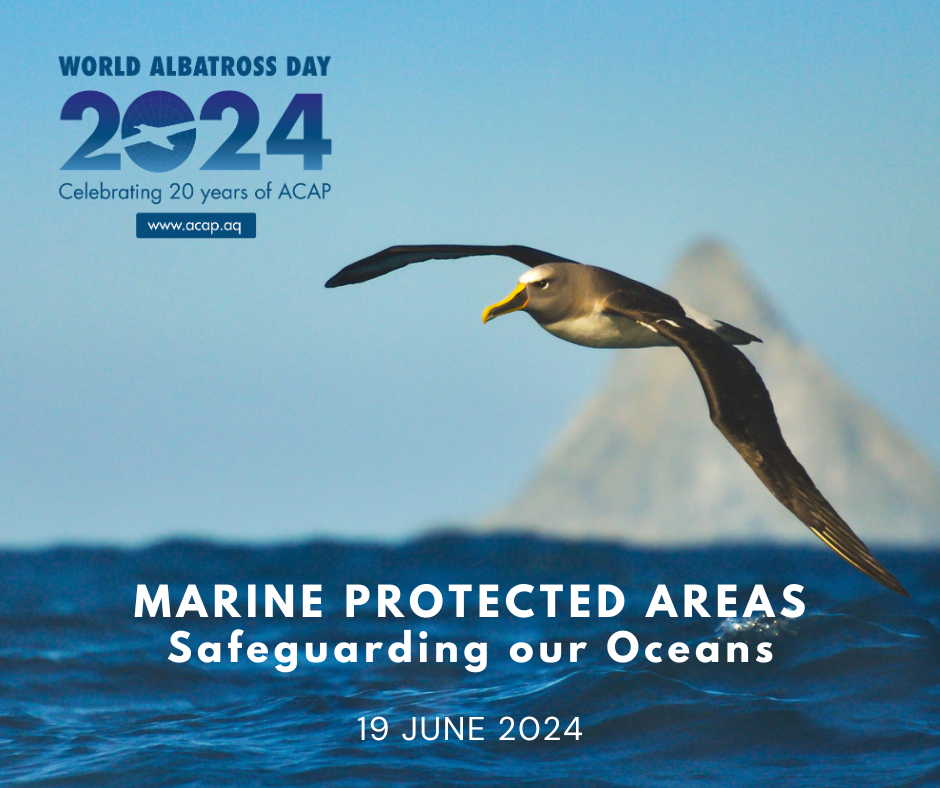
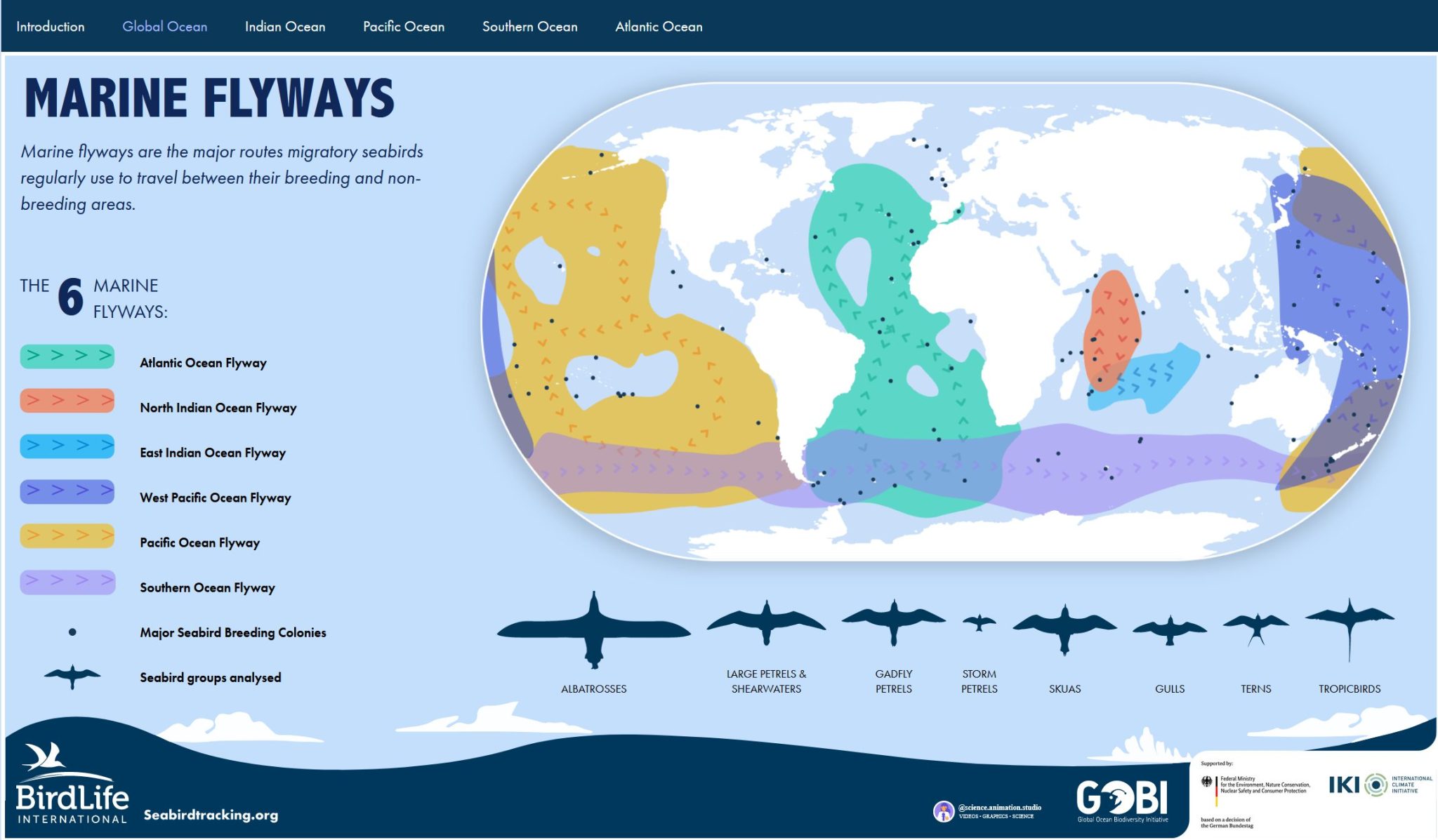 A graphic depicting the six Marine Flyways and species that utilise them. Graphic and video below by
A graphic depicting the six Marine Flyways and species that utilise them. Graphic and video below by